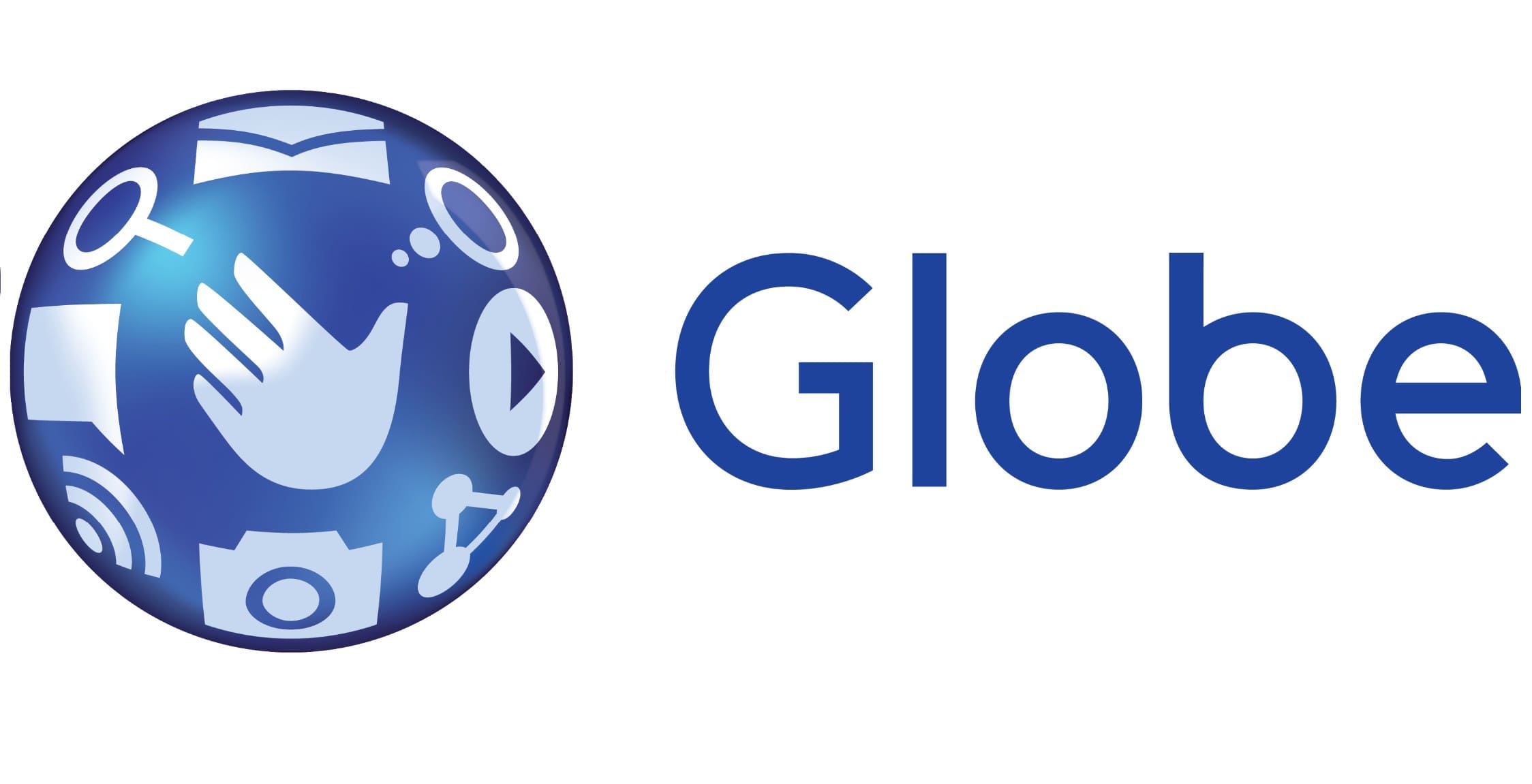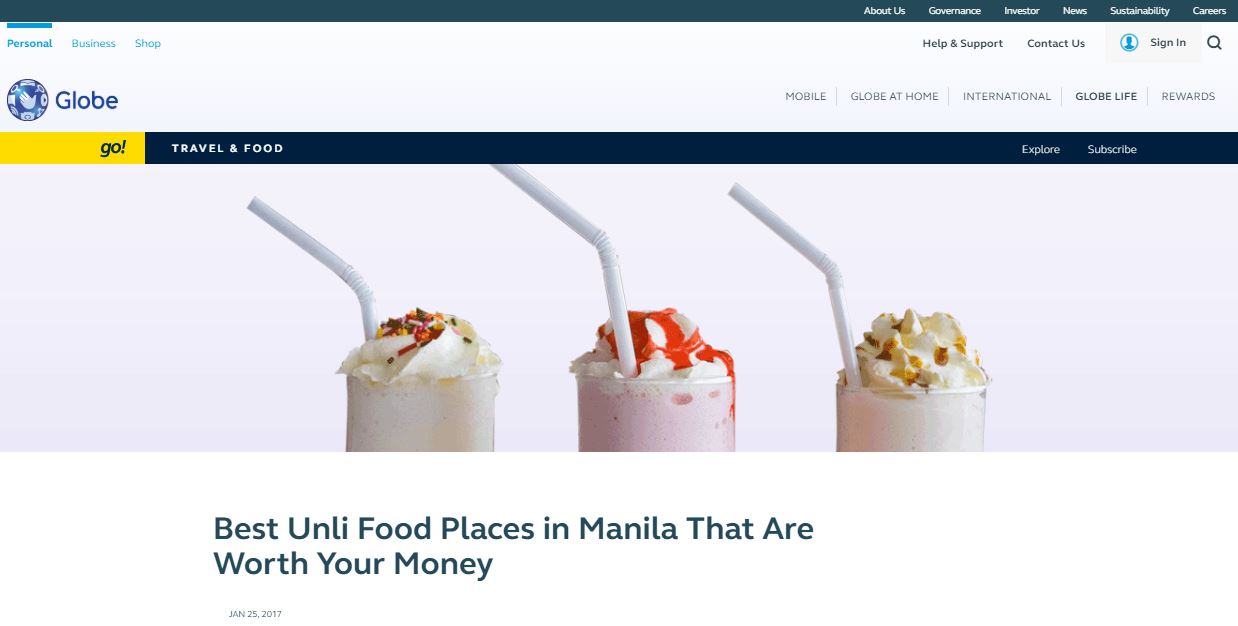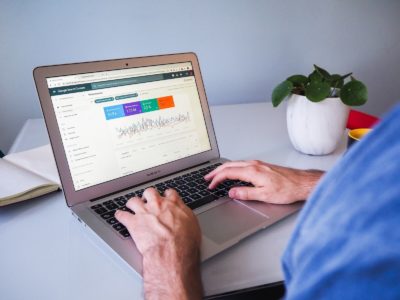In 2016, Globe Telecom partnered with Spiralytics to improve the digital marketing efforts of Globe. Fast forward almost two years after, our collaboration marked an unprecedented achievement in Globe’s history: a 100.26% growth in the websites’ monthly organic traffic.
The joint efforts of Spiralytics and Globe resulted in a fine-tuned cross-channel approach to marketing. Our teams delivered a meticulous strategy to search engine optimization (SEO) by creating evergreen content with in-depth keyword research, building links both internally and externally, and drawing in traffic through paid promotions on social media.
But as much as this achievement is sweet, it wasn’t without challenges. Building links directly to Globe’s main site (globe.com.ph) is tricky since local blogs might be owned by the company’s competitors. To make sure we didn’t make any mistakes, we had a separate team filter out our link prospects. And to avoid any outreach issues when building to the main site, we were limited to building links for go! (globe.com.ph/go) and the Globe Online Shop (shop.globe.com.ph).
go! was created back in 2016 as a magazine website that publishes articles about technology, travel, entertainment, shopping, and other lifestyle topics, making it a perfect source of content for links. This is the driving force that helped propel the site into where it is now.
Cross-Channel Marketing
For your site to rank higher on Google, it should be noted that relying too much on SEO wouldn’t get the desired results. What you need is a seamless multi-channel approach. This involves the usual methods we do to improve SEO such as content marketing, link building, and on-page optimization among others. These are then combined with other channels like social media, PPC and other paid promotions to attract visitors.
These cross-channel marketing methods have helped improve Globe’s engagement metrics such as the Bounce Rate, Time on Page, and Exit Rate. Google sees a website’s value when it has better engagement stats, helping it rank higher on its results page. The go! online magazine site improved this traffic. Through our combined efforts with the go! editorial team, not only did we see immediate growth from our paid channels (which is normal), but also organic traffic over time.

The Process
Just like any strategy, there’s a process that we follow to achieve our goals. We make necessary adjustments as we go along to improve the method, but our planned steps remain the same all throughout. It’s all a matter of consistency.
Step 1: Build Unique and Engaging Content
Quality content is a must for effective marketing. It covers crucial objectives in your efforts to boost traffic such as brand awareness, strong customer relationships, and SEO building. This is what we call ‘evergreen’ content — the always-on, always relevant and always interesting side of publication — much like an evergreen tree that remains green all year round.
Since the go! online magazine site was meant to be a place where we could write about various things of interest, it has since been a great channel for producing unique and engaging content across different topics. We dabble in lifestyle, technology, and travel among a host of other topics that would always spark the of readers across different demographics.
go! is an excellent platform for creating content, so it’s no surprise that together with the go! editorial team, what we were putting out there got the attention of our audience. Here’s an example of an article that managed to rank high with our keywords:
‘Best Unli Food Places in Manila’ is currently ranked third on the Google search page under search query ‘unli foods.’
Many of the top-performing content were focused on topics related to the local millennial generation. We also provided evergreen articles that deliver helpful tips and tricks along with other topics relevant to our target readers.
Step 2: Optimize Content for SEO
Your content is out there, but it still needs to be visible to people who are searching for keywords associated with your product or service. This is the reason why you have to optimize it for SEO.
The go! online magazine needed an SEO boost, so we first tried to identify what was lacking in terms of content to be optimized. To reduce the bounce rate and increase time on site, we started publishing long-form and infographic content. We also began to produce tech-related content to widen the reach. Internal links were added in each content published that went straight to the Globe website and Globe Online Shop to add structure for Google and boost SEO.
We also worked on the title tags. Title tags are an important HTML element that specifies the title of a webpage. They’re displayed in search engine results pages (SERPs) as the clickable headline, making them essential for SEO and social sharing. We wrote accurate and concise descriptions of each page’s content. At the same time, we optimized the H1 tags to the keywords, with the meta description of each material shorter to avoid truncation.
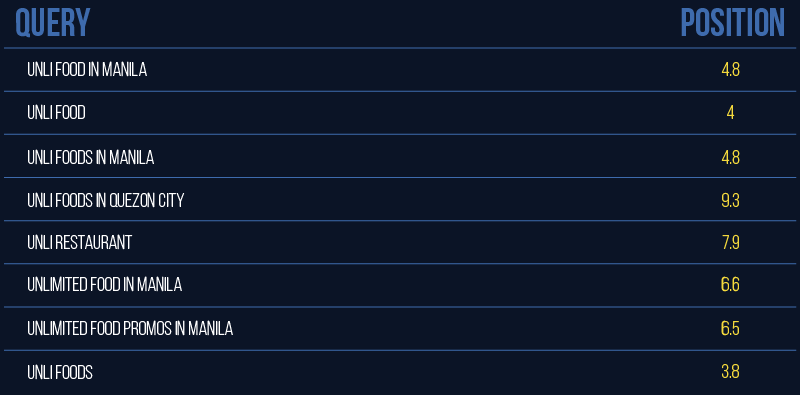
These are the keywords that we used to optimize this piece of content. Internet users who would key in these words or phrases would get the go! online magazine on the first page of Google in the rank listed on the right.
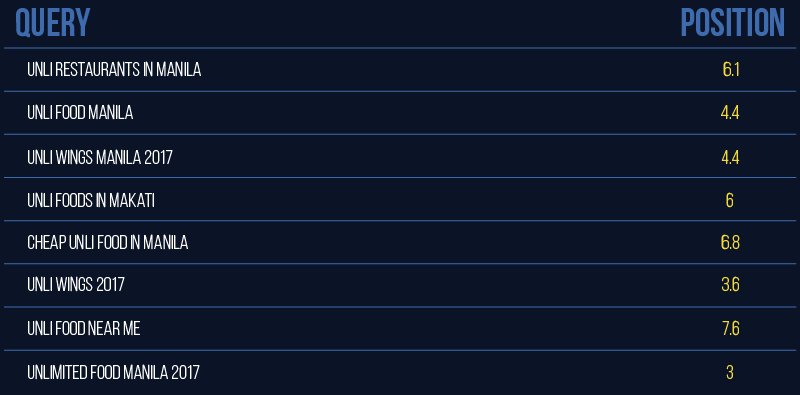
As you can see, these keywords not only appeared on the first page of the Google SERP but they also ranked high, with the lowest in 8th place.
Step 3: Paid promotions on Facebook and Twitter
Paid promotions are crucial if you want to drive traffic to your website amidst this ever-changing digital marketing landscape that’s saturated with content. We leveraged this channel for a more targeted approach, reaching out to specific audiences and grabbing their attention.
To boost our content on both Facebook and Twitter, we used specific data of our target audience and fine-tuned the criteria to reach specific demographics. We focused on fields of interests that fell under the articles we were trying to promote, including age range and location.
Step 4: Link building
Getting inbound links to your content is as important as the content itself, so we managed to get high-quality links from these websites with relatively high domain authority (DA).
A good strategy to get inbound links is by guest posting to these high DA sites which link to the go! online magazine site. We’ve reached out to the webmasters and convinced them to let us guest post on their websites with content that’s in the same niche as theirs.
Apart from conducting outreach for external links, we also linked posts internally for that added SEO kick. This strengthens the overall SEO value of a website by clearing a path for spiders, lowering bounce rate, and creating a strong network of pages and posts.
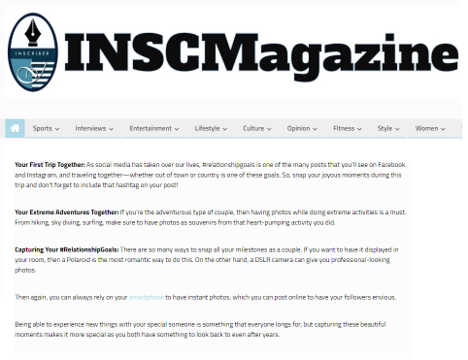
We were able to guest post on The Inscriber Mag that has a domain authority of 44. It’s a perfect site for our content since it covers a range of topics from lifestyle and culture to sports and technology.
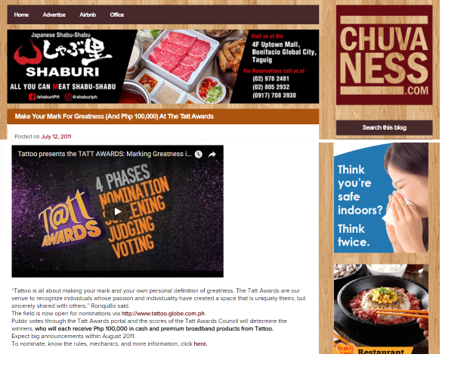
The woman behind lifestyle blog Chuvaness has been considered as an online influencer since its inception. Former journalist Cecile Zamora-Van Straten has gained a massive following for her outspoken personality that clearly shows in her blogs through her no-holds-barred writing style. We’ve built broken links to this site, which involved linking our content to dead links on Chuvaness. This worked well, considering its relatively high domain authority.
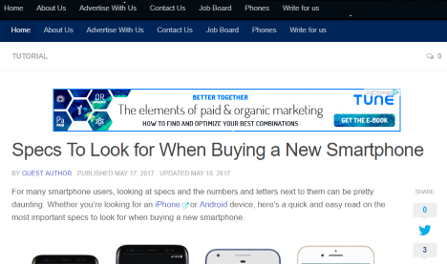
Since our content also dabbled in technology, particularly the latest gadgets, we’ve also guest posted on The Gadgets Freek. Globe is the biggest telecom player in the country, so we delivered one of the best posts on the site with ‘Specs to Look for When Buying a New Smartphone.’
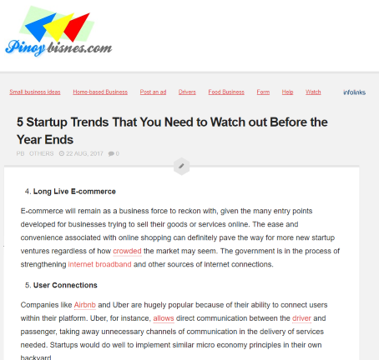
One of our guest posts that focused on business matters also made it in one of the best links for our go! site on Pinoybisnes.com, which is a DA 28 site showcasing articles relevant to today’s business landscape.
Result:
Rankings went up for our main keywords and monthly organic traffic by 100.26% in 22 months across all of Globe’s websites.
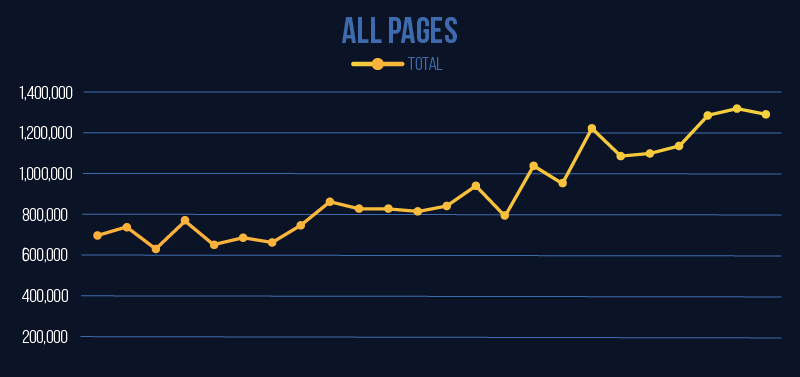
Ultimately, what we’ve achieved is a successful combination of every strategy while making the necessary adjustments to fine-tune our methods as we went along. To give you a final roundup, here are the key takeaways:
- Research on article topics that are relevant to readers
- Optimize your website on-page
- Write meaningful and engaging content
- Fix title tags and H1 tags
- If you’re getting low click-through rate, optimize description tag
- If you’re getting negative SEO and low bounce rate, check your articles. They may not be interesting enough.
Once you’ve optimized content from start to finish and are keen on every single detail, it’s almost guaranteed you will get the desired results.
Remember, what you put out there and how you optimize and promote them are crucial to boosting traffic to your site. When each strategy falls perfectly into place, traffic will eventually come in. And like what our collaborative efforts achieved, working on the campaign has never been more fulfilling.



